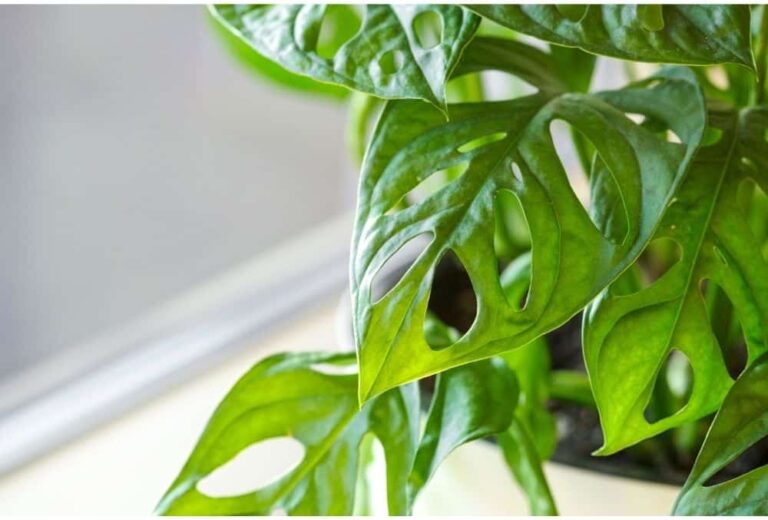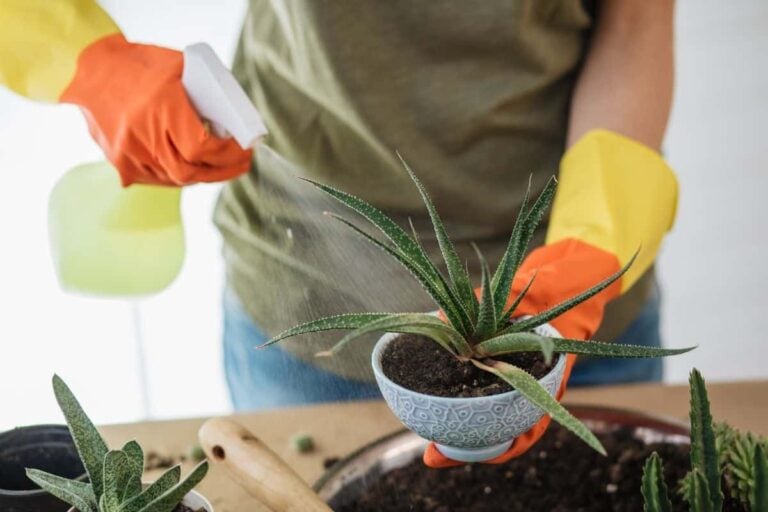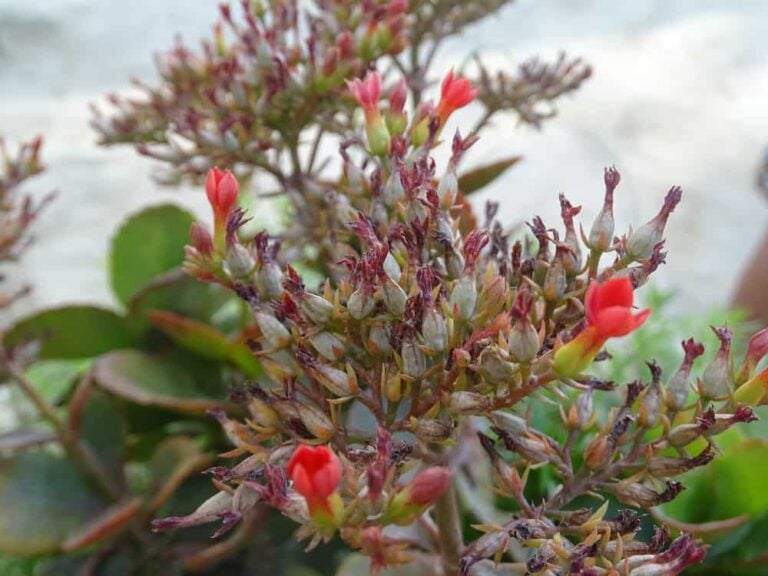Christmas Cactus Care: A Comprehensive Guide
Alongside its cousins the Thanksgiving and the Easter cactus, the Christmas cactus is one of several varieties of holiday cacti. Due to the plant’s festive pink flowers, which bloom during the Christmas season, this cactus has long been a popular holiday gift. The Christmas cactus is a notoriously robust plant, but it can be difficult induce flowering on an annual basis. By giving your cactus the time and attention that it needs, you can make sure that your plant will bloom around Christmastime each year and add some color to your holiday season.
Remember that Your Cactus is a Tropical Plant
When most of us think of cacti, we think of arid desert regions and bleak landscapes. Unlike other cacti varieties, however, the Christmas cactus actually comes from the jungles of South America. The parent plant is native to the mountains of Brazil, and as a result, the Christmas cactus does best in a more tropical environment.
Sunlight
This plant can survive in low light, but it is more likely to flower when given access to partial sunlight in the spring and summer and full light in the fall and winter. Just be careful not to allow your plant to sit in direct sunlight for too long each day, as excessive sun exposure can burn your plant and reduce its likelihood of flowering the following year. If you notice the shriveling and yellow discoloration associated with sun damage, you may want to consider moving your Christmas cactus to a more well-shaded area.
Temperature
Your Christmas cactus will grow best in moderate to warm temperatures, preferring to be kept at around 68°F. While the plant can survive temperature fluctuations, it begins to slow its growth significantly when stored at under 60°F. Death is common among plants grown in conditions under 50°F.
Irrigation
The Christmas cactus requires more water than other holiday cactus species, and you should aim to keep the soil from drying out completely. The top of your plant’s soil should be moist to the touch. You should also watch not to overwater your plant, as too much moisture invites fungal infections, disease, and pests.
Humidity
The Christmas cactus is used to moderate humidity, so you don’t need to worry about dehumidifying its environment. In fact, misting your plant regularly using a spray bottle can help to encourage healthy growth by simulating the natural humidity that your Christmas cactus craves.
Soil
The Christmas cactus grows well in pots and needs a loose, aerated soil to thrive. A mixture of 60% potting soil and 40% bark or perlite provides ideal growing conditions for the root system of your Christmas cactus. This plant prefers a relatively high level of magnesium in its soil, and you can help to encourage healthy growth by fertilizing the plant using a mixture of 1 teaspoon of Epsom salts in 1 gallon of purified water. When applied monthly, this liquid fertilizer can help to raise the level of magnesium present in your plant’s soil.
Make Sure to Give Your Cactus Some Rest
The Christmas cactus blooms in the winter time, producing distinctive, funnel-shaped “double flowers” that usually come in shades of crimson or pink. These flowers are often short lived, but if a plant is kept at a consistent optimal temperature of 68°F, it can remain in bloom for several weeks at a time.
Not all Christmas cacti produce flowers each year. Flowering has to be induced by changes in light, temperature, and nutrients. In the fall, before it’s time for the cactus to flower, you need to allow your plant to rest. You should expose your cactus to between 12 and 14 hours of complete darkness each day and limit watering until buds appear, then resume normal care. Actively flowering plants prefer full sunlight and moist soil.
Once your plants have finished blooming, they need to go through another phase of rest and recuperation. Between February and March, you should keep your plant at around 55°F to stall growth and water the plant slightly less. You should also reduce light exposure, moving the plant to an area where it only receives partial sunlight. Giving your cactus this rest period in the late winter and early spring will increase the chances of it flowering the following holiday season.
If you’re having trouble getting your Christmas cactus to bloom, don’t worry. You’re not alone. You can see the experts at Desert Plants of Avalon go over several of the most common causes of poor flowering in Christmas cacti.
Repotting, Pruning and Propagating Your Cactus
Christmas cactus plants are particularly adept at growing in pots, which is one of the primary reasons that they enjoy such booming popularity as an indoor houseplant. When planting or repotting your cactus, you should look for pots that fit snugly around the plant’s root system. Never repot a plant in bloom, but instead wait until the spring or early summer to do so. This won’t stress the plant, and also gives the cactus a few months to settle into its new environment before it’s time to get to work producing fresh flower buds.
Pruning should also be held off until after the plant’s blooming period has ended. About a month after flowering, you can remove unwanted segments of your Christmas cactus by hand. Simply grasp the segment and twist to safely remove it. If your plant has grown too large for your tastes, you can prune up to 33% of the cactus mass without causing any lasting damage.
When you decide to prune your plant, you don’t have to toss detached segments in the compost pile when you’re done. You can easily propagate healthy Christmas cactus segments to grow entirely new plants for your home or garden. Just plant the fresh trimming in moist soil and give it some time to develop roots. The best time to propagate your plants is in the spring, as it gives your young cactus time to mature before flowering takes place in the winter. You can learn more about how to propagate and grow a Christmas cactus cutting from our friends at Plant Abundance.



